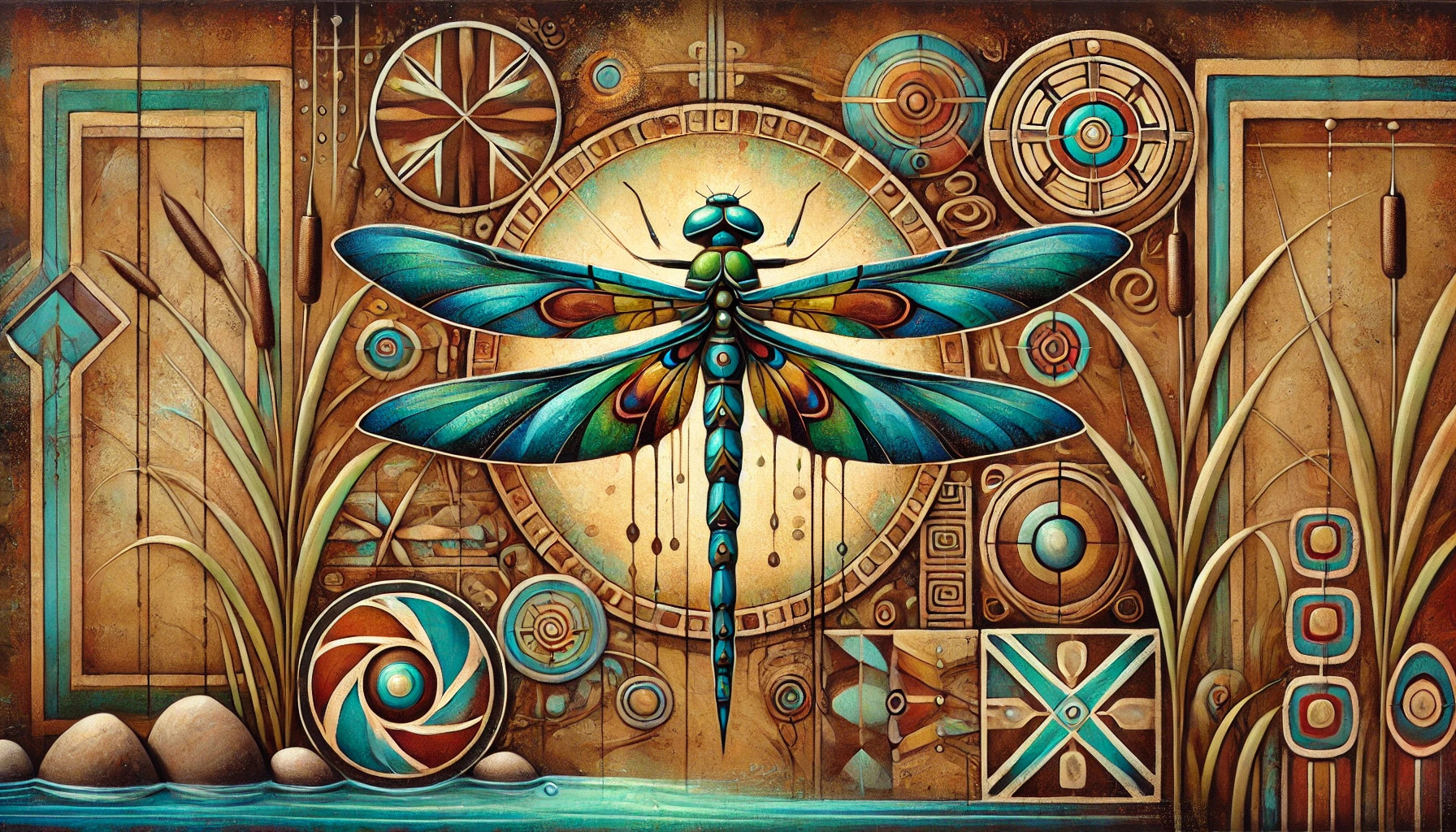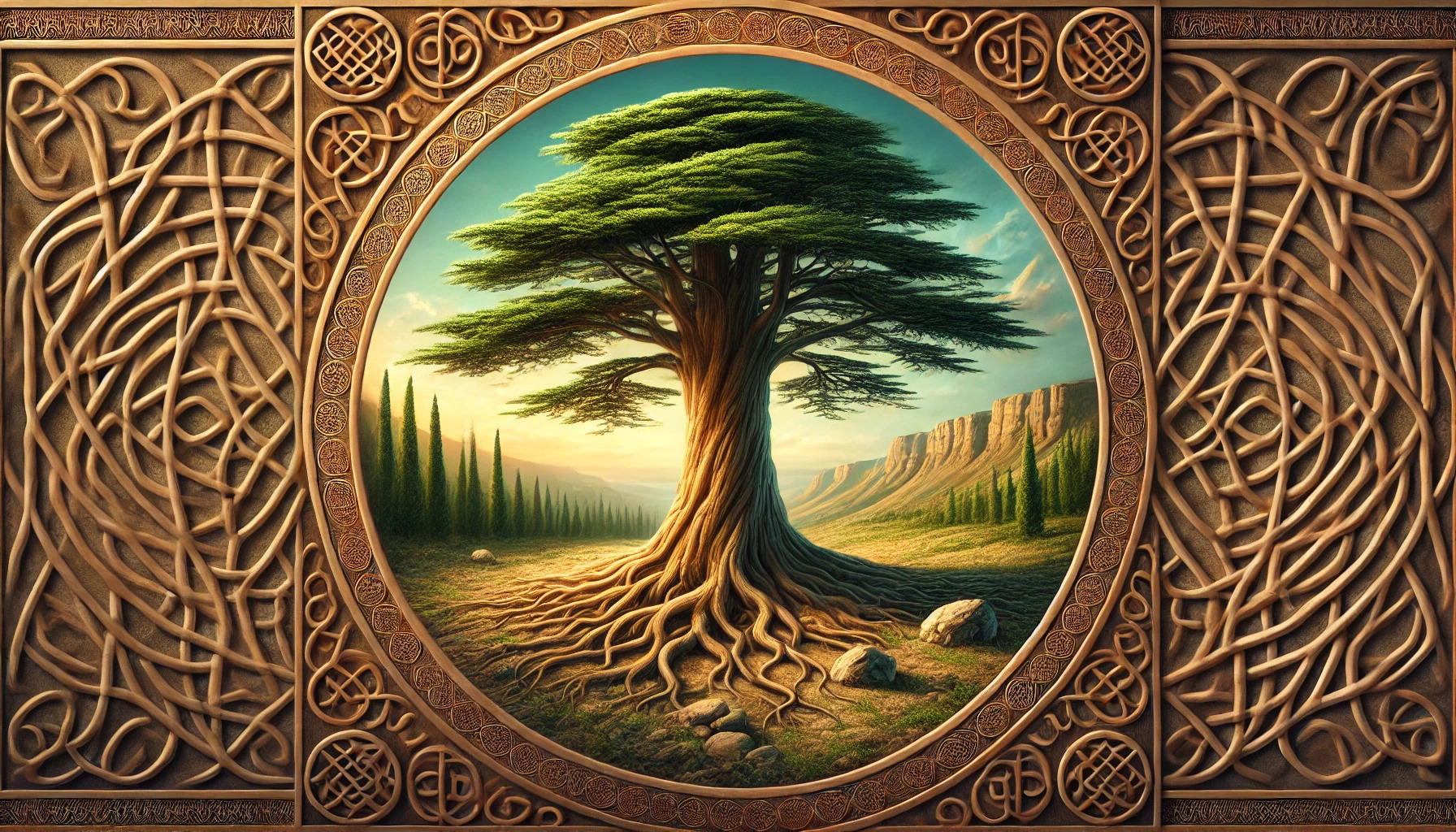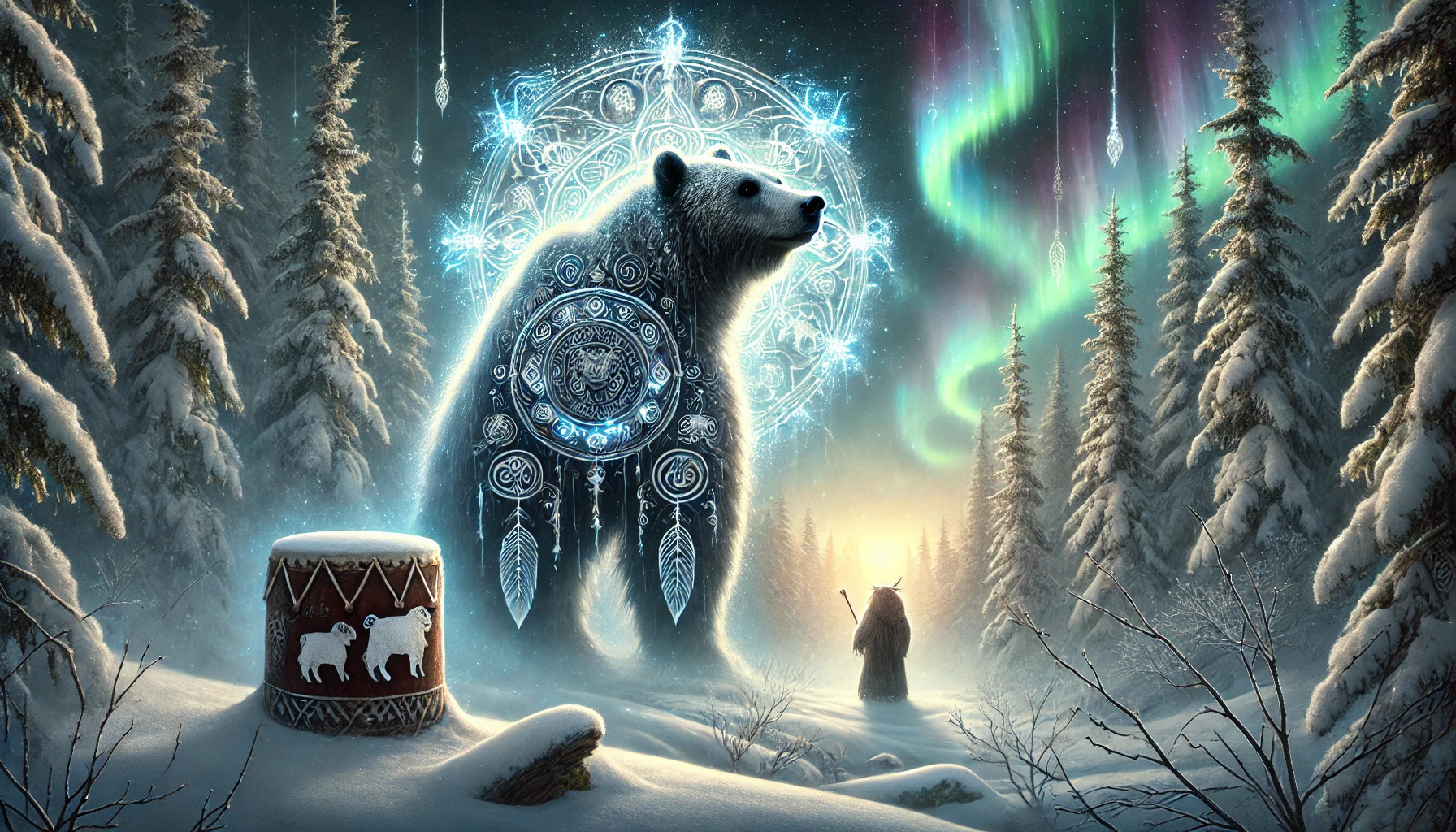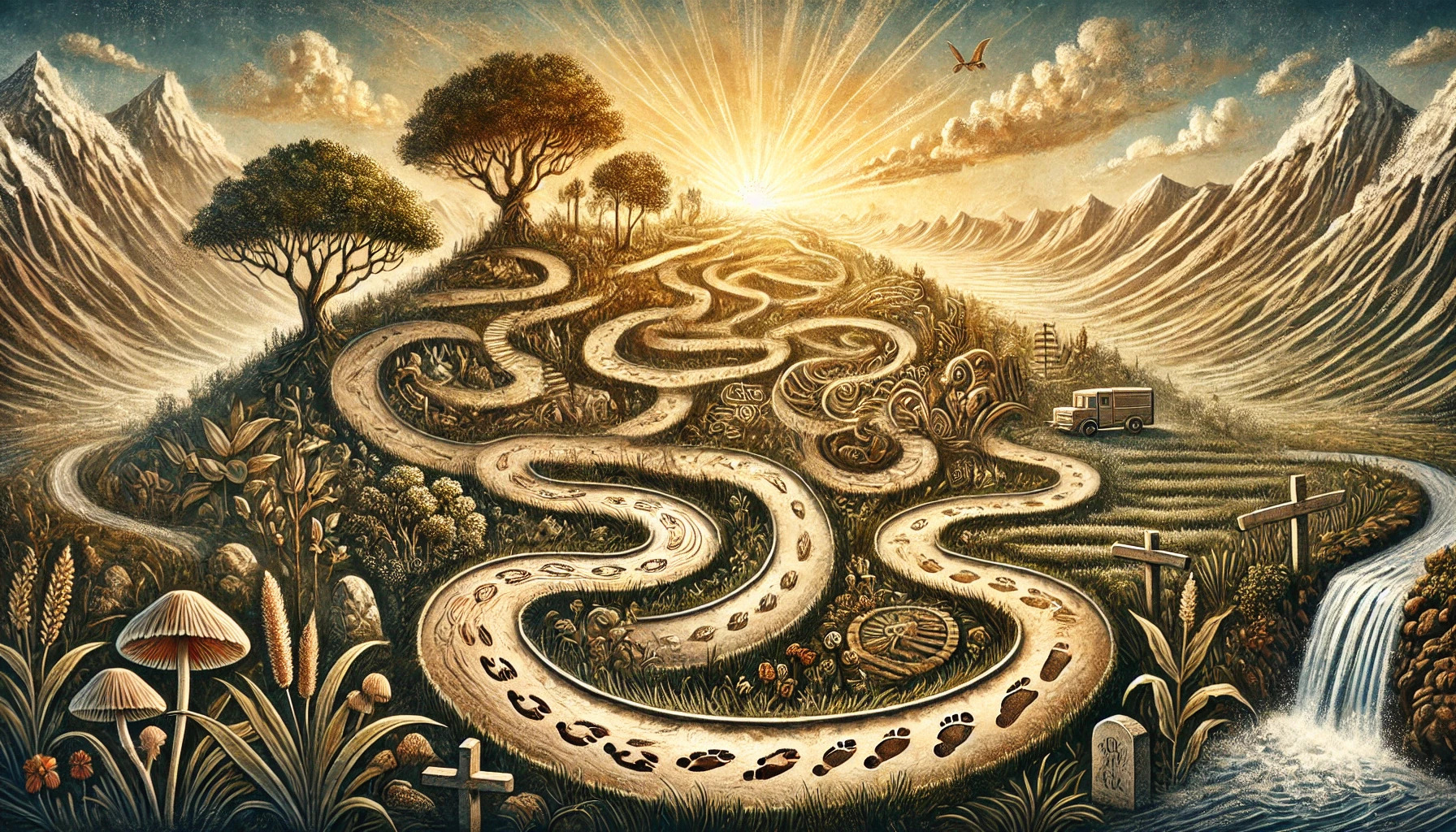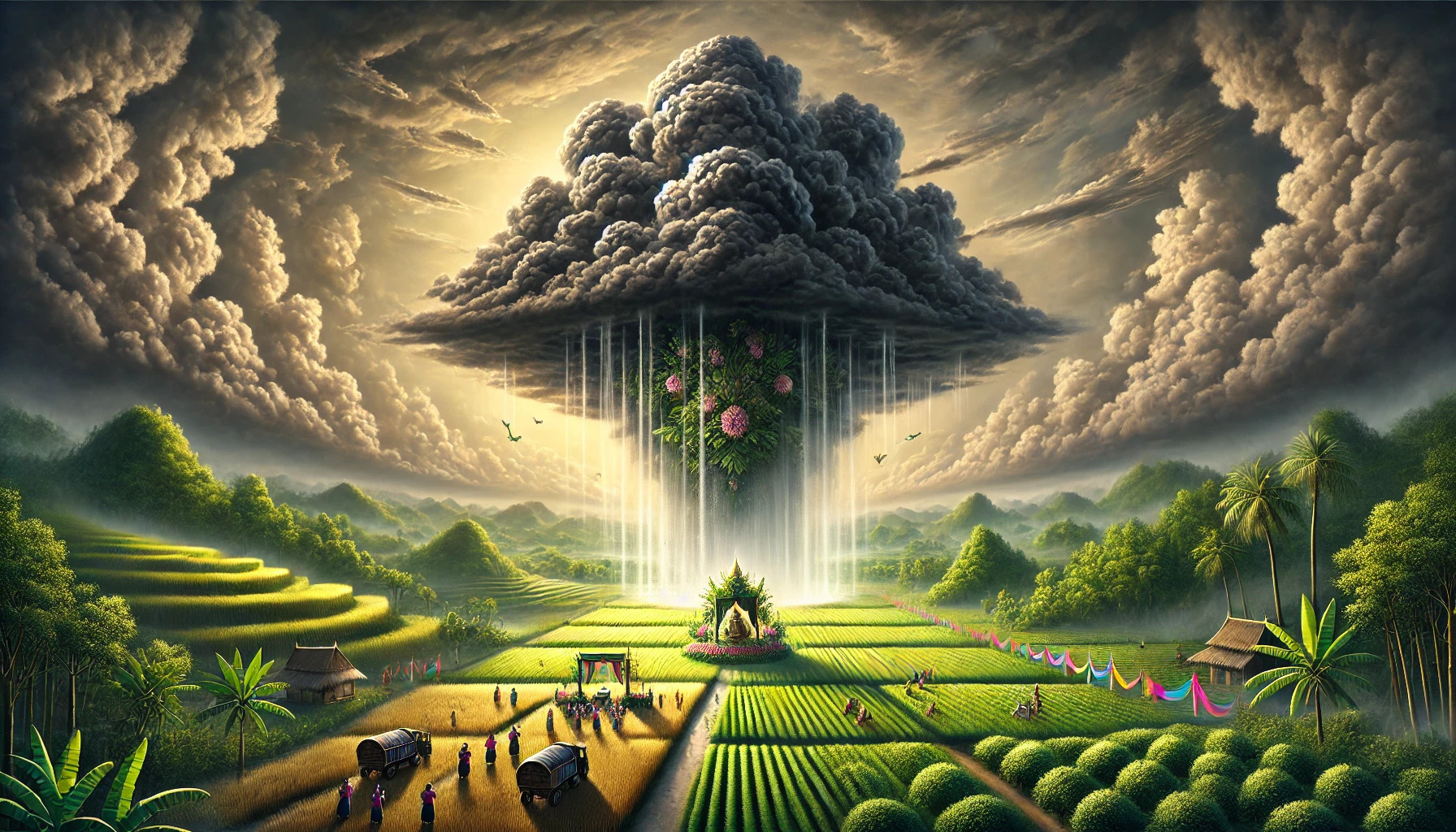Ancient pottery designs often reveal deep meanings rooted in culture and spirituality. These designs frequently feature symbols of fertility, showcasing the society’s reverence for life and renewal. From intricate patterns to specific shapes, these symbols served both practical and ceremonial purposes, connecting people to their beliefs and environment. In various cultures, such as those in …
Lindsey Becker
The dragonfly holds a special place in Indigenous art, representing transformation and adaptability. This beautiful creature serves as a powerful symbol, connecting spiritual beliefs with the natural world. Through vibrant depictions, artists showcase the dragonfly’s significance across various cultures, often linking it to water and its life-giving properties. In many Indigenous traditions, the dragonfly is …
Keepsake boxes hold a special place in many people’s hearts as they serve as tangible reminders of cherished moments and loved ones. These boxes symbolize the memories that shape lives, preserving items that evoke feelings of joy, love, and even grief. From simple trinkets to more elaborate mementos, each object connects to significant events that …
The cedar tree holds a special place in Middle Eastern cultures, symbolizing strength, resilience, and eternal life. From biblical references to artistic expressions, the cedar tree serves as a powerful emblem that resonates across various traditions. In Lebanon, the cedar tree is a national symbol, representing the enduring spirit of the Lebanese people. Its presence …
In Siberian shamanism, the bear holds a significant place as a powerful symbol and spirit guide. The bear represents strength, courage, and introspection, making it a vital ally for shamans in their spiritual journeys. This majestic creature is not just a symbol of physical power but also embodies the deeper qualities of wisdom and transformation. …
Handshake icons serve as powerful symbols of trust in various contexts. These icons represent mutual respect and agreement, making them ideal for businesses and personal interactions seeking to convey reliability. With a history that dates back to ancient times, the handshake has evolved into a universal gesture that still resonates today. In a world where …
Life’s journey is often compared to winding paths, filled with twists and turns that reflect personal growth and self-discovery. These symbols serve as reminders that each path taken is a step towards understanding oneself better. As individuals navigate these metaphorical roads, they find meaning in the challenges and victories along the way. Labyrinths, for example, …
Reeds are often seen swaying gently along riverbanks, but they represent much more than just a plant. These resilient plants symbolize the ability to withstand challenges and adapt to ever-changing environments. In many cultures, reeds are admired for their strength and ability to thrive in watery habitats, providing important lessons about perseverance. Throughout history, reeds …
The pine tree holds a special place in winter solstice rituals across many cultures. It symbolizes eternal life and resilience, representing renewal and the return of light during the darkest time of the year. As people gather to celebrate the solstice, the evergreen pine reminds them of hope and the promise of spring. Traditions involving …
Rain clouds have long held a special meaning in agricultural festivals around the world. These clouds symbolize hope and renewal, representing the critical role of rain in crop growth and sustainability. In many cultures, the arrival of rain clouds is celebrated as a sign of abundance and prosperity, marking the start of important agricultural rituals. …

